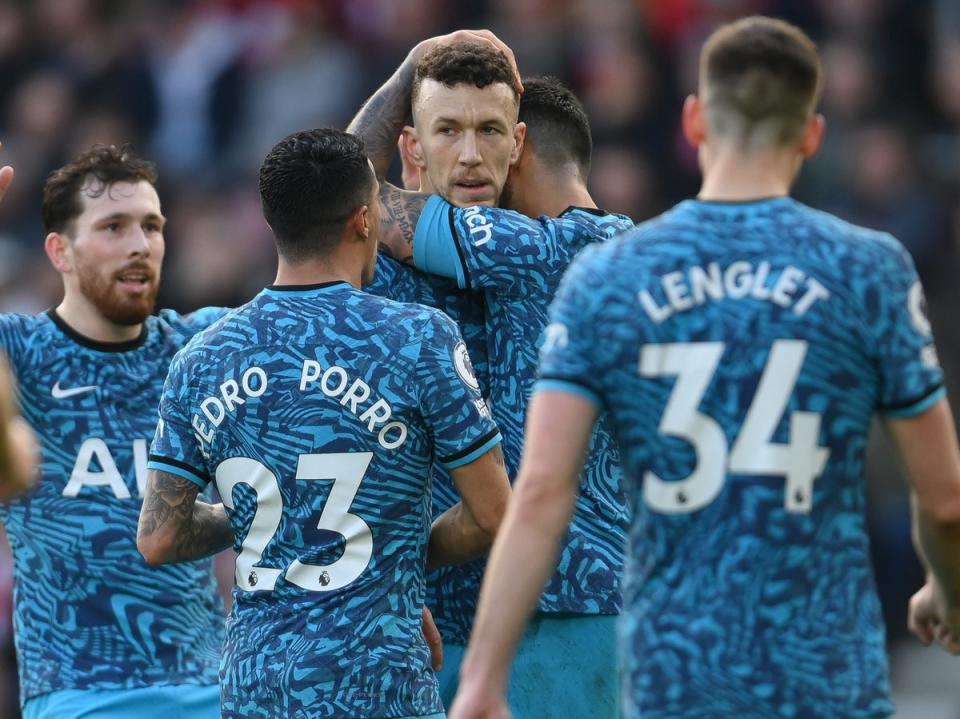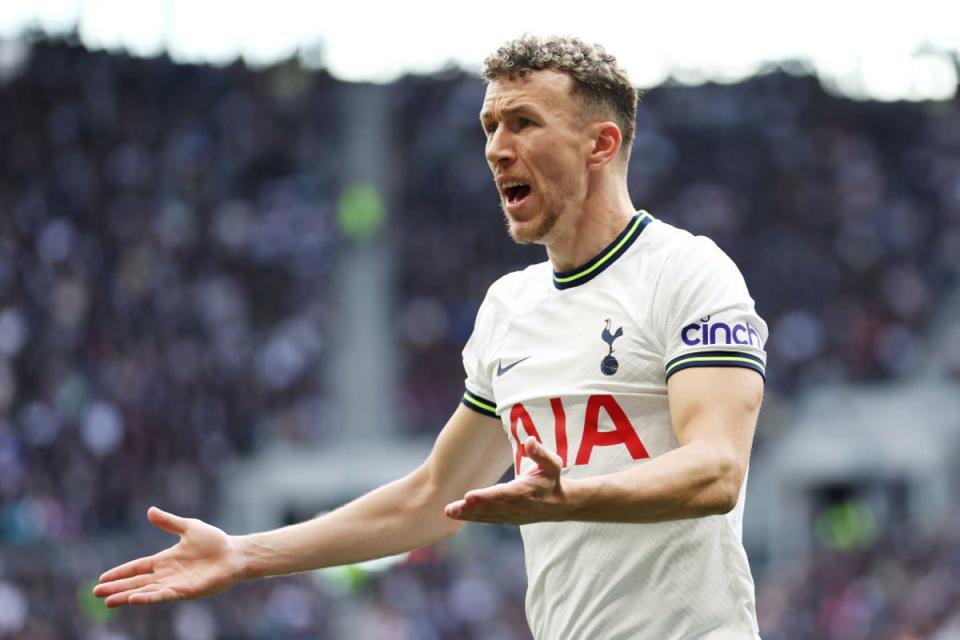The all-or-nothing transfer dilemma Tottenham face this summer

Tottenham Hotspur have, yet again, a summer of change and big decisions ahead of them. The mid-campaign sacking of Antonio Conte has left plenty of questions to be answered, ones which Cristian Stellini was unable to deal with and which Ryan Mason hasn’t fared much better on either, but as usual in the close-season there’s one issue which matters above all else: transfers. For most clubs without a head coach in place, while not an ideal scenario, there will still be a normal process to follow and an expected list of targets to bid for.
Those exact names might change depending on who takes over, but the recruitment team will already know, for example, they need to replace an out of contract central midfielder, or want to upgrade on the goalkeeper and so on. For Spurs, it’s rather more complex given they don’t have a sporting director in place either - this summer really is a clean slate in that regard.
It’s an opportunity to start afresh, but also presents a bit of a problem from a tactical team-building perspective, specifically because the managers Daniel Levy appears to be targetting are so radically different from Conte.
The Italian favoured a regular 3-4-3 setup, while the potential incoming names most heavily linked have been first Arne Slot - he has since announced he’s staying at Feyenoord - and now Ange Postecoglou, both coaches who have had fixed back four systems this season and before.
By and large that’s not a wild issue to contend with; the Spurs front three could fit in the Celtic boss’ 4-3-3 without question as an example, but there is one area of this Tottenham team which is an absolute misfit for any back four boss: the defensive flanks.
Spurs’ squad is, naturally, built with wing-backs. And not the full-backs-turned-wing-backs type after being let off their defensive leash either, but outright flexible, offensive-minded, hard-working attacking outlets, mostly wingers asked to play from deeper starting positions.
Ivan Perisic was a wide forward; Ryan Sessegnon made his name as a winger. Emerson Royal has never been a full-back worthy of the title, even when he was nominally included in a Barcelona back four lineup. Back in October, Pedro Porro lined up on the right and Perisic on the left directly against each other - the Spaniard then playing for Sporting CP, as wing-back, of course.

Stellini’s final game in charge as interim boss showed the folly of trying to quickly repurpose the wing-backs on Spurs’ books into back four players.
With Porro on the right and Perisic on the left, Tottenham had no line, no cohesion, no protection against the speed, movement and confidence of Newcastle’s attack, resulting in being five goals down in 21 minutes. A 23rd-minute sub put an end to that experiment, and it wasn’t repeated afterwards until Spurs’ most recent outing. Another defeat ensued.
With Djed Spence and Destiny Udogie due to return from loans, both also far more adept as wing-backs than full-backs, there’s a real dilemma as to the future in that area of the pitch unless an incoming boss is determined (or convinced) to stay the course with a three-man setup. While the centre-backs are also more adept at being in a three than a pair - Eric Dier, Cristian Romero and Ben Davies at the very least are more comfortable in this system - there’s more scope for a club to sign a central player who can play in both arrangements than there is to start a total overhaul down the flanks. That is particularly important as these positions affect buildup play so much for both of the recently linked bosses, while defensively there’s absolutely no evidence to suggest a back three has helped Spurs - only the bottom three, Nottingham Forest and Bournemouth have conceded fewer this season.

Postecoglou, it should be noted, has been tactically flexible in his career. He used a back three with Australia at times, though usually in matches where they were the underdog. Whether that’s his preferred stance when reshaping an entire team is doubtful.
Whoever the incoming manager is will, naturally, want a say on at least the type of player and the area of a team they want guarantees in. Perhaps the appointment of a new sporting director will do likewise, them having clarity of how the team should be rebuilt and move forward.
Regardless of the eventual name the club lands - and judging by their recent attempts to fill the dugout, even an approach for Postecoglou might be a long way from a success - there’s one absolute certainty: if they plan a Tottenham future with a back four in place, a complete overhaul is necessary to go from leaky wing-backs to a stable setup, only adding to what is already set to be a chaotic and expensive summer in north London.

